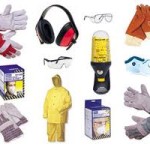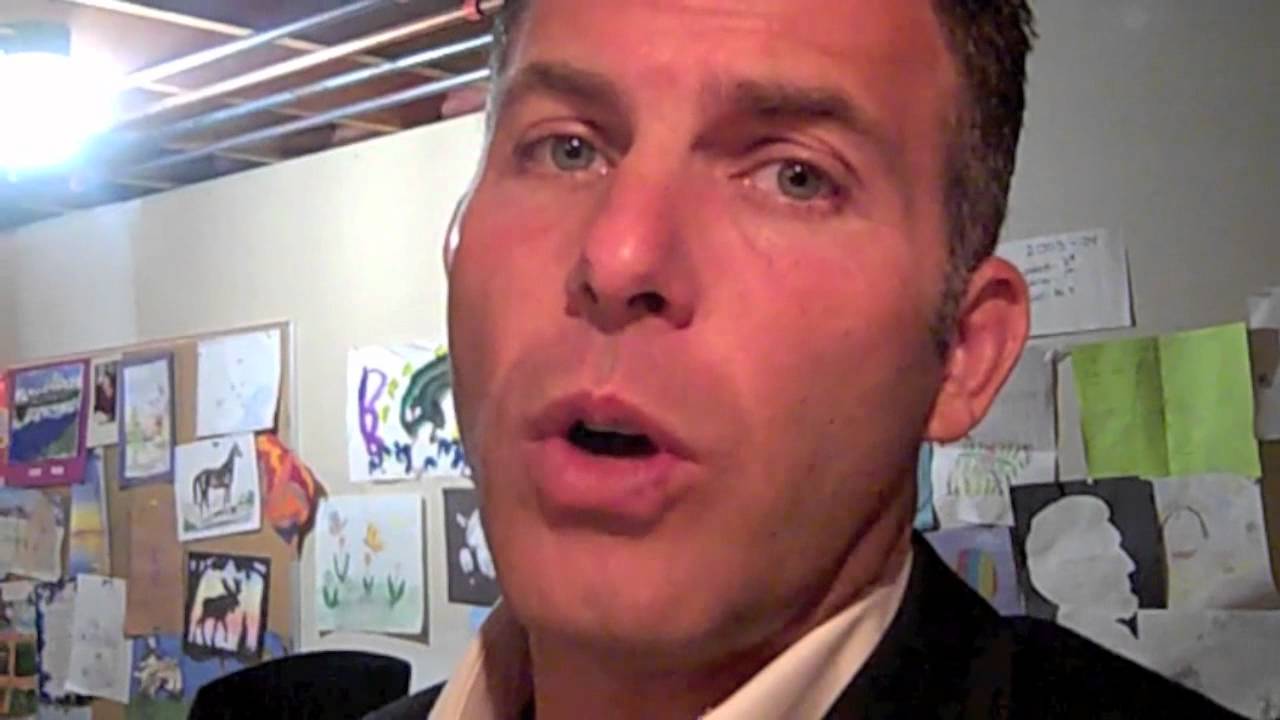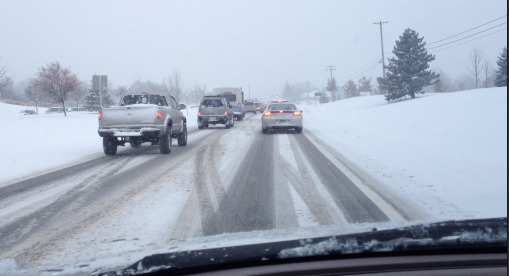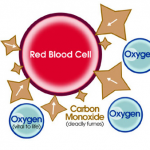In this episode, we boys take a closer look at a situation that hit home when one of Roy’s children may have been bitten by a tick. After consulting the doctor and getting preventative treatment for his daughter, Roy thought it would be a good idea to share his new found information with others. Roy, Dan and Jody get a few laughs and learn a lot about preventing Lyme disease and preventing tick bites. So, if you’ve ever been concerned about ticks and Lyme Disease, you won’t want to miss this 10 minute episode that shows pictures of ticks, what the bite looks like and how to tell if you may be infected by the bacteria that causes Lyme Disease.
Category Archives: Scene Safety
How To Survive A Multi-Car Pile Up
Hello Rescue Fans!
In this episode, we breakdown a real situation that occurred this year where over 122 cars were involved in a multi-car pile up that resulted in 1 fatality and 22 others going to the hospital. How would you survive this situation and is there something you can do to ensure you have a better chance to make it out alive? You may want to watch this video today!
How To Survive Icy Driving Conditions and Crashes
In this episode I revisit an annual subject that can never be taken too lightly. Safe driving in winter snow and ice. Too many times people follow too closely and don’t leave enough room to evade a crash or to stop at an intersection. If you want to be prepared to survive this winter’s icy driving, be sure to watch this episode of RoyOnRescue and learn what RoyOnRescue is preparing for the new year!
Why Put On Personal Protective Equipment(PPE) Before Checking For Consciousness?
Hello Rescuers!
I just received a question via our ProCPR customer feedback that read: 
Dear ProCPR, “Question 16 says you have on PPE (personal protective equipment) already, then you check for
responsiveness. Why would you put on your PPE before you check consciousness?
– Anthony
In case anyone else may have asked the same question I though I’d address it. First, Question 16 is the number this person was on while taking the ProCPR.org test. This is the online portion of the Health Care Provider level BLS certification training in case anyone was wondering.
Okay, now for the answer. As professional health care providers, we should always be thinking about cross contamination. We don’t want to catch what the patient may have and we don’t want to give the patient anything that we may have! Remember, PPE works both ways. Can anyone say, nosocomial infection? Even if the patient isn’t in obvious distress or obviously infectious, we should be thinking about the fact that the person seems to be in need and may require medical treatment. This means that we may need gloves, CPR shield with one way barrier, goggles, face mask, respiratory protection etc. This is why it’s so important to think about PPE whenever we encounter a situation that may call us into action. Not just when the person is unconscious or not breathing.
Forever, I’ve battled the problem with health care professionals short cutting PPE while giving care or even thinking about care. We really do need to consider the two way protective properties related to infection control as it relates to appropriate personal protective equipment.
When it comes to layperson rescue, one of the top five reasons that laypeople will not intervene when a person is in distress is the fear of disease! If the rescuer is approaching a victim and dons their gloves early as well as ensures that they have a CPR shield available, the fear of catching a disease is greatly diminished. This will increase the chances that the Good Samaritan may actually get physically involved in the rescue.
Now I know what you may be thinking…”Roy! Do you really think that I’ll have one of those rescue kits on by belt all the time? You may be a “Rescue Hero” type but the feasibility of me having PPE on my person when I’m at the beach, shopping, walking, vacationing, or even at a business meeting is slim to none.” Well, I have to agree! Unless you are a professional rescuer on duty, you probably won’t have your jump kit, glove pouch or a one way valve mask bag swinging from your belt loop. So how will you have the PPE you need at the time you need it? The best way I’ve found is to have a key ring rescue kit. The catch is having it be small enough to not get in the way and large enough to carry your gloves and a one way CPR shield. The reason I say a Key Ring style, is that I think that keys are the one item that most people have with them most of the time. If they don’t have them with them, then they are usually close at hand. And if we have our keys, we’ll at least have gloves and a CPR shield. So make sure you get one and then the PPE problem is out of the way. Still don’t think that PPE is needed? Well, that’s why the AHA endorses “hands only” CPR! It’s really not that compression only CPR is better than full Cardio PULMONARY resuscitation, it’s that there are so many non PPE toting people afraid that they may catch a disease if they do mouth to mouth rescue breaths that we had to design a new form of bystander CPR. Since implementing “Hands only” CPR, there has been an increase in rescuer involvement. And when people get involved and provide CPR, lives are saved!
PPE should be on every rescuer’s mind…and key chain, lay or professional and when we begin to think about PPE as the first step in rescue, lives are saved and infection is prevented more often!
Hope this helps.
Dangers Of The Rescue Scene
In this episode, I take a moment to talk about the recent traumatic death of an EMT who was struck by a vehicle while working with a patient on the scene of an accident. No matter if you’re a professional or a good samaritan, scene safety is the utmost important factor to keep in mind. It’s terrible that this EMT was killed in the line of duty trying to save lives and help people. I hope this RoyOnRescue helps to sharpen everyone’s level of awareness regarding safe scenes and how to rescue without becoming a patient yourself.

Carbon Monoxide Poisoning
In this episode of RoyOnRescue, Roy talks about the possible dangers of Carbon Monoxide gas in the home and garage and how it can occur, how to recognize it and how to prevent it. With the cold weather on it’s way, you won’t want to miss this good reminder about a possible silent killer that can be prevented.
CDC reminds us of some of the basic ways to prevent this from happening.
How can I prevent CO poisoning from my home appliances?
- Have your heating system, water heater and any other gas, oil, or coal burning appliances serviced by a qualified technician every year.
- Do not use portable flameless chemical heaters (catalytic) indoors. Although these heaters don’t have a flame, they burn gas and can cause CO to build up inside your home, cabin, or camper.
- If you smell an odor from your gas refrigerator’s cooling unit have an expert service it. An odor from the cooling unit of your gas refrigerator can mean you have a defect in the cooling unit. It could also be giving off CO.
- When purchasing gas equipment, buy only equipment carrying the seal of a national testing agency, such as the American Gas Association or Underwriters’ Laboratories.
- Install a battery-operated CO detector in your home and check or replace the battery when you change the time on your clocks each spring and fall.http://www.cdc.gov/co/faqs.htm
In Depth CO Poisoning Info From the CDC
Riding and Push Lawnmower Safety!
Have you ever been surprised by how fast a child can be in one place and the next time you turn around they are in another? Have you ever been shocked by how fast an accident can happen? In this episode, I address lawn mower safety as a result of a terrible tragedy where a 5 year old girl was hit and then run over by a riding lawn mower. It is unknown as to the exact details leading up to this horrific accident or what the abnormal conditions may have been that caused this to happen. The little girl was pronounced dead on scene. There was nothing related to first aid that would have helped her but I have to think that being more sensitive to prevention may be able to save future lives. I pray for a miraculous Grace and healing to be given to the surviving family members of this little girl and I hope to remind us all of some ways to ensure this doesn’t happen.
May God bless and heal this family.
Roy, RoyOnRescue.com
RoyOnRescue.com
Surviving A Flood
Flooding causes many problems with people who experience them. From drowning to hypothermia and fractures to contaminated drinking water. In this episode, Roy talks about the massive flooding that has affected the Tennessee region and what types of injuries and illness floods can bring.
Snake Bites Part 2 of 2
In Part 1 of Snake Bites we talked about the different kinds of poisonous snakes that pose a risk for serious danger. Remember we were talking about an Emergency Responder who who had emailed me? She helps out with California High Desert Racing and the medical response team and is having some issues with Poisonous snake bites and 35-45 minute response times. This due to being so far away from civilization. In part 1 of this response video blog, we took a look at the different types of rattlesnakes that are causing problems, how they might kill a person and how we as rescuers could make the difference between life and death. In this second part, we will get to the bottom of the correct treatment strategy in order to save a snake bite victims life and limb.
Snake Bites Part 1 of 2
An Emergency Responder who helps out with California High Desert Races is having some issues with Poisonous Snake Bites and slow response times due to being so far away from civilization. In this response video blog, we take a look at the different types of rattlesnakes that are causing problems, how they might kill a person and how we as rescuers could make the difference between life and death.



